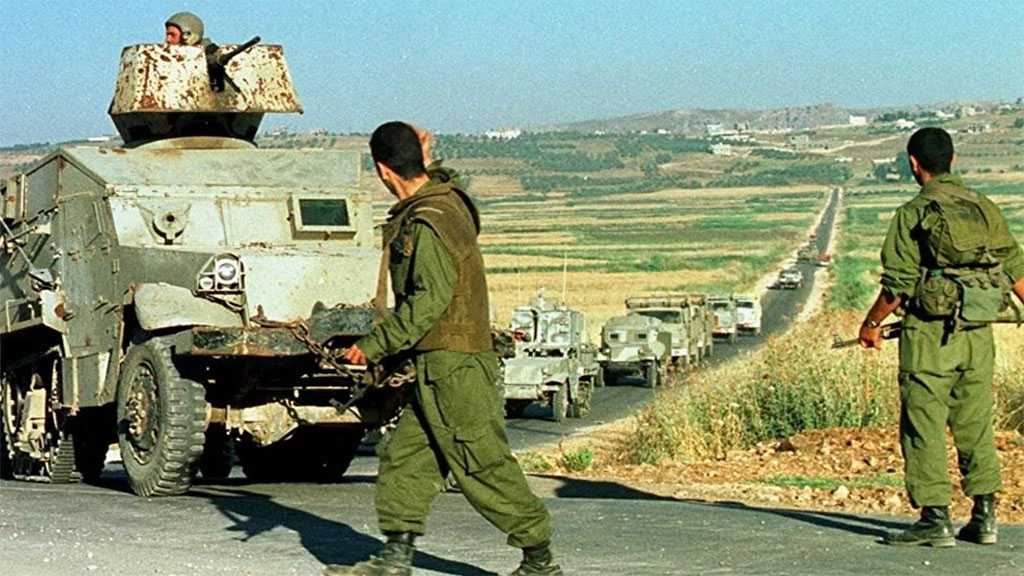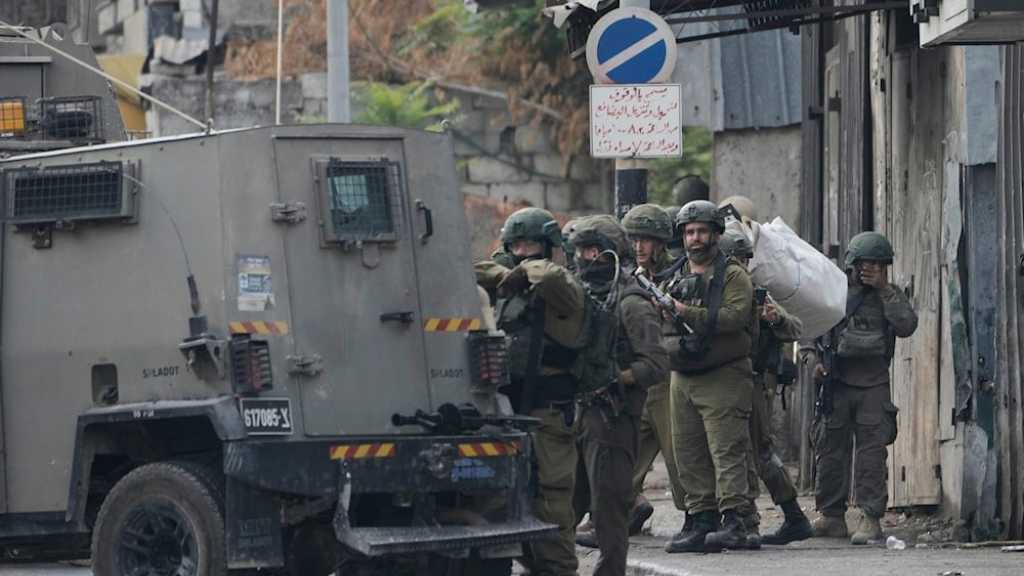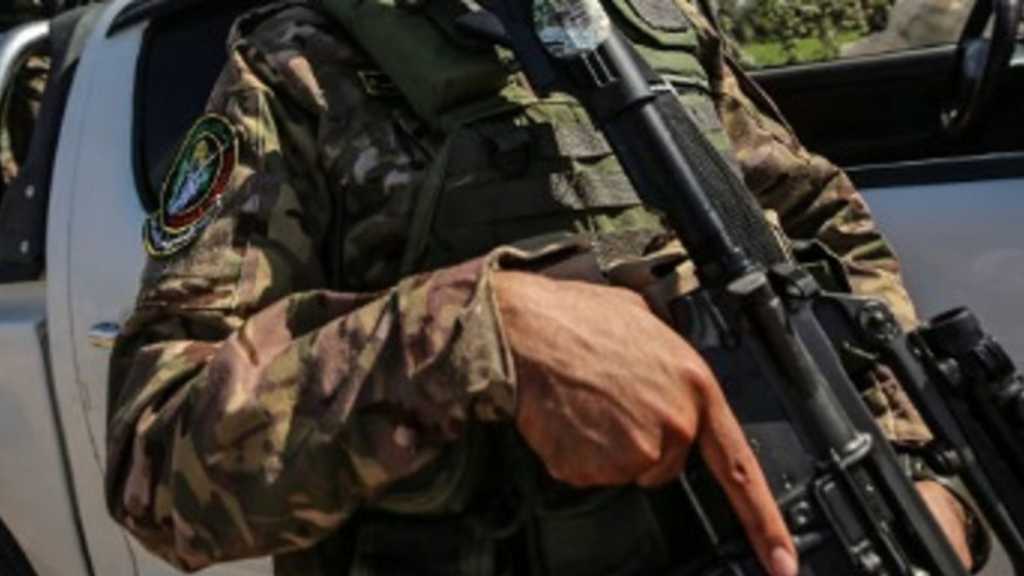Avi Ashkenazi: Gaza Is “Israel’s” New Lebanon Nightmare

By Al-Ahed News, Hebrew Media
“Maariv” military analyst, Avi Ashkenazi, drew a comparison between the fate of the “Israeli” war on Gaza and the events in South Lebanon during the occupation prior to 2000.
Ashkenazi begins by reflecting on the theme song of the film Beaufort [Qalaat al-Shaqif], noting that its lyrics—like the film’s storyline—tell the story of a generation of fighters who took part in battles within the so-called security zone in South Lebanon. That same generation, he says, is now fighting a different war: “They have become the fathers of today’s ‘Israeli’ fighters waging war in the Gaza Strip”.
He continues, “At that time, as is the case today, ‘Israel’ found itself at a dead end—trapped in an unnecessary and aimless quagmire of fighting. The ‘leaders’ then, as now, struggled to make decisions and understand the broader strategic picture. The price ‘Israel’ paid for its presence in South Lebanon—and during the period that followed up to the ‘Iron Swords’ war [the latest aggression on Gaza]—was extremely high. The long war in South Lebanon, which ended with the unilateral withdrawal in 2000, created a deep rift between the ‘Israeli’ public and the army”.
He argues that one of the main fears among the “Israeli” public—as well as the generation of fighters from Beaufort and the “security zone”—is that the Lebanon nightmare may repeat itself in Gaza. Unfortunately, this scenario now seems to be unfolding.
Ashkenazi notes, “This week, there was a shift in the war’s dynamics and in the behavior of Netanyahu’s cabinet. A series of developments pushed the public to realize that we are far from the ‘paradise and safe place’ once promised”.
According to the analyst, it began with the realization that Hamas had achieved a complete political victory and had won global public opinion through its siege campaign. The public, he says, was exposed to the shallow thinking and lack of creativity within “Israel’s” leadership. “How could barefoot Arab fighters wielding Kalashnikov rifles manage to deliver a ‘lesson’ to a prime minister who considers himself an expert in media and security?”
Then came the images of the suffering endured by the two captives, Avitar David and Rom Berslevsky, which shocked the entire entity.
Ashkenazi points out that signals have begun emerging from the General Staff of the “Israeli” Occupation Forces [IOF] Chief of Staff Eyal Zamir informed the political leadership that Operation “Gideon Chariots” had reached its military conclusion—and that the political echelon had no plan for its continuation. Moreover, this political leadership is now isolating the military establishment from the details of the ongoing negotiations.
He adds, “The crisis became evident in the public letter signed by 2,400 artists and cultural figures, who no longer fear popular boycotts and issued a public appeal to stop the war.”
Momentum continued with a video released by senior former officials of the security establishment—including former chiefs of staff, Mossad directors, police inspectors, and heads of the Shin Bet and Military Intelligence Division.
As stated in the video: “There is an overwhelming majority of all security establishment heads here—those who were part of the cabinet forums, political backrooms, and the most sensitive decision-making circles.”
Ashkenazi concludes that officials within both the security and political establishments understand that unless dramatic leaks reach the German newspaper Bild, the public has already made up its mind: There is no longer any mandate for the political leadership to continue the war on Gaza. The crucial question now is: how and when will the war—which has effectively ended—be halted?
Comments




